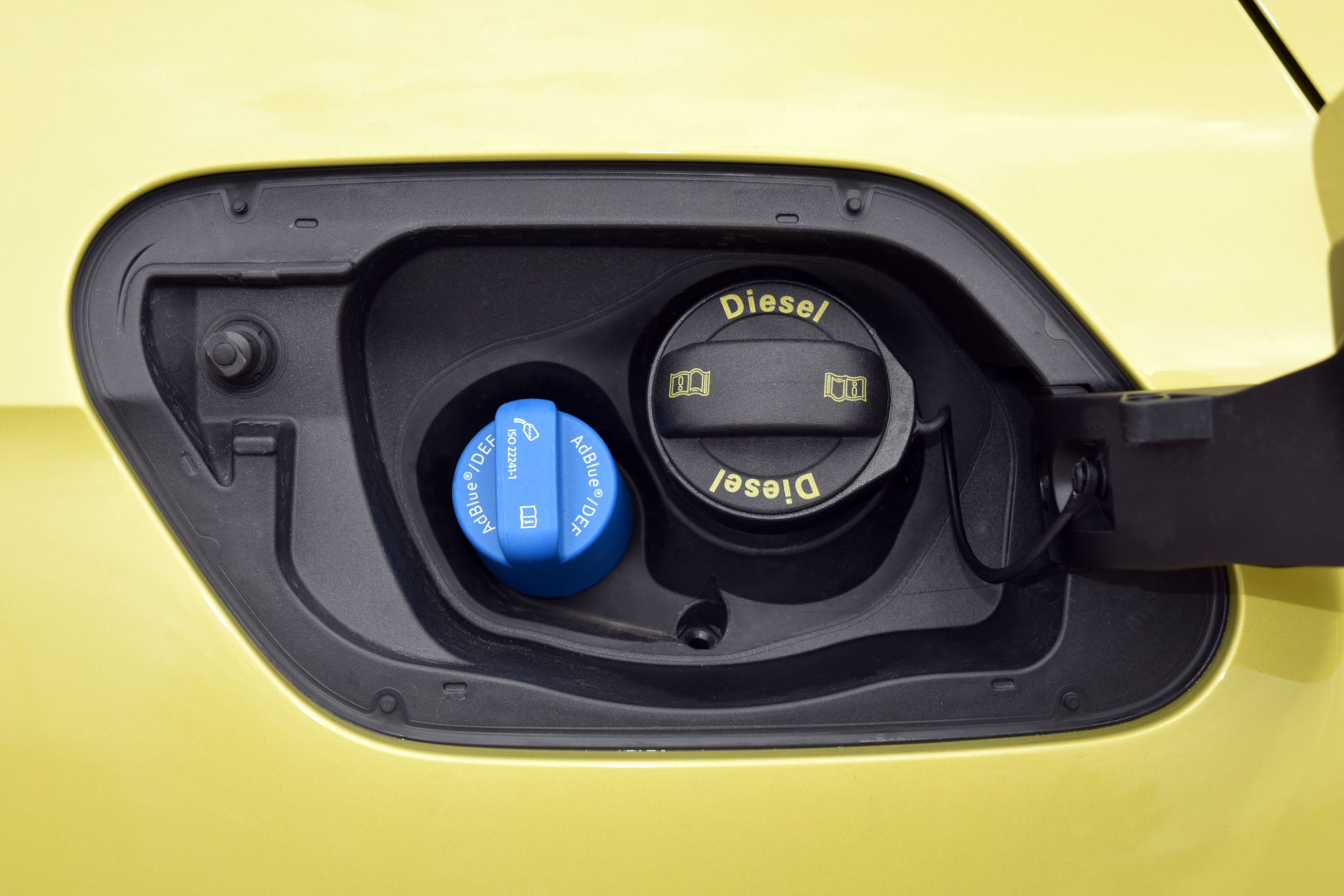Understanding AdBlue: Solutions for Efficient Emissions Control
JG
What is AdBlue?
AdBlue is a high-purity urea solution used in Selective Catalytic Reduction (SCR) technology to reduce harmful emissions from diesel engines. As environmental regulations become stricter worldwide, understanding and utilizing AdBlue efficiently is crucial for both businesses and individuals operating diesel vehicles. By injecting AdBlue into the exhaust stream, nitrogen oxides (NOx) are converted into harmless nitrogen and water vapor, thereby significantly reducing atmospheric pollution.

The Importance of Emission Control
Emission control is an essential aspect of modern transportation, especially as the world shifts towards more sustainable practices. Diesel engines, while efficient, are known to emit higher levels of NOx compared to gasoline engines. This makes technologies like SCR and solutions like AdBlue indispensable in meeting Euro 6 and other stringent emissions standards. Effective emission control not only helps in complying with legal requirements but also enhances the environmental reputation of companies.
How AdBlue Works
The process begins with the storage of AdBlue in a dedicated tank within the vehicle. When the engine runs, AdBlue is injected into the exhaust system, where it reacts with NOx gases. The chemical reaction converts these harmful gases into nitrogen and water, which are then emitted through the vehicle's exhaust without causing environmental damage. This process highlights the role of AdBlue as a critical component in reducing the ecological footprint of diesel engines.

Benefits of Using AdBlue
There are several advantages to using AdBlue in diesel vehicles:
- Environmental Protection: AdBlue helps significantly cut down NOx emissions, contributing to cleaner air and reduced pollution.
- Regulatory Compliance: Vehicles using AdBlue can meet stringent emissions standards, avoiding potential fines and restrictions.
- Fuel Efficiency: SCR systems using AdBlue can improve fuel efficiency by optimizing engine performance.
AdBlue Storage and Handling
Proper storage and handling of AdBlue are vital to maintain its effectiveness. It should be stored in a cool, dry place, away from direct sunlight and extreme temperatures. AdBlue has a shelf life of about one year when stored correctly. It's crucial to ensure that containers are sealed tightly to prevent contamination. Using contaminated AdBlue can lead to malfunctioning of the SCR system and increased emissions.

Common Challenges and Solutions
Although AdBlue is beneficial, users may face certain challenges, such as running out of supply or freezing in cold climates. To prevent these issues, regular checks of the AdBlue level are recommended. During winter, some vehicles come equipped with heated tanks or lines to prevent freezing. Investing in quality storage solutions and regular maintenance can mitigate most potential problems associated with AdBlue usage.
Future Prospects of Emissions Control
The demand for cleaner and more efficient engines continues to rise as global awareness around environmental issues grows. Innovations in SCR technology and advancements in AdBlue solutions are expected to play a pivotal role in future emission control strategies. Companies and manufacturers are continually researching ways to improve these technologies, offering hope for even more effective emissions reduction methods.

Conclusion
Understanding and efficiently using AdBlue is crucial for anyone involved with diesel engines today. This remarkable solution plays an essential role in reducing harmful emissions and helping vehicles meet stringent environmental standards. As we move towards a more sustainable future, technologies like SCR and solutions like AdBlue will remain at the forefront of efforts to protect our planet while maintaining efficient transportation systems.
